Roof cement is a versatile patching material and adhesive for roof leaks and holes, rusted leaky gutters, metal trim, and leaks in flashing around chimneys, valleys, and coping. Roof cement is a sealant that can adhere to loose asphalt shingles and fill cracks in concrete. Roof cement is an asphalt-based emulsion with refined mineral spirits, plasticizers, and non-asbestos reinforcing fibers. There are two types of dry and wet applications. Roofers Choice is one of the renowned brands for plastic roof cement. Now we discuss how to use Roofers' choice of plastic roof cement?
Let's start with the procedure first.
- Remove any foreign materials or debris from the area to be mended. If at all feasible, work in dry weather. Avoid thinning the cement. If you must repair parts on a wet or damp surface, use formulas that adhere to wet surfaces if possible.
- Roof cement can be used to fill small holes and cracks. Apply it to the spot or crack with a trowel or putty knife. Work the glue carefully into the surface around the repair area if you're using wet-surface formulations. Overlap smoothing a thin layer of less than 1/8 inch thickness over the repair. If additional coats are required, wait 12 hours between applications. When patching a roof blister, make sure it has dried thoroughly before pouring roof cement. When sealing flashing, use 1/2 inch of cement or less.
- Repair larger holes and cracks with polyester or fiberglass fabric or rolled roofing. Roof cement should be used to coat the patch liberally. The patch should be pressed firmly into the damaged area. Roof cement is a three-coat system. One gallon of roof cement will cover roughly 12 square feet at a 1/8-inch thickness.

When to use plastic cement
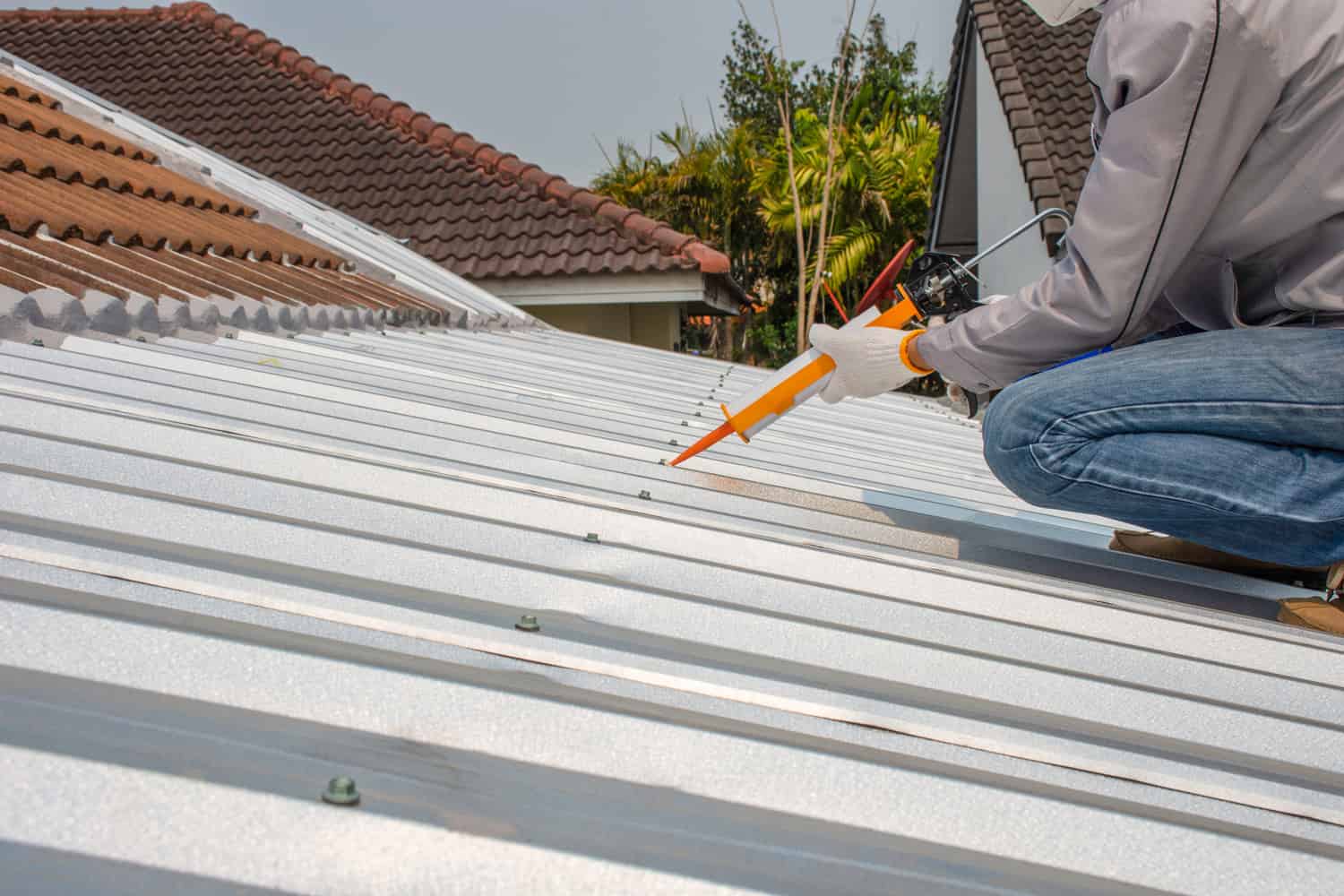
It's essential to apply plastic cement on your roof. Let's have a quick look at it.
- Patching holes and leaks in a variety of roofing materials
- Repainting metal elements of a roof that are rusted, such as gutters or trim.
- To prevent leaks, secure the flashing around chimneys.
- Repairing cracks on flat roofs.
- Reattaching loose shingles or replacing single shingles that have fallen off.
As you can tell, roofing cement is a complex substance with several applications. Roofing cement may be used to repair a wide range of problems that might occur in an older roof. Repairing your roof as required with roofing cement will prevent additional harm from occurring. It can even extend the life of your roof, saving you hundreds or possibly thousands of dollars.
When to Avoid Using Roofing Cement
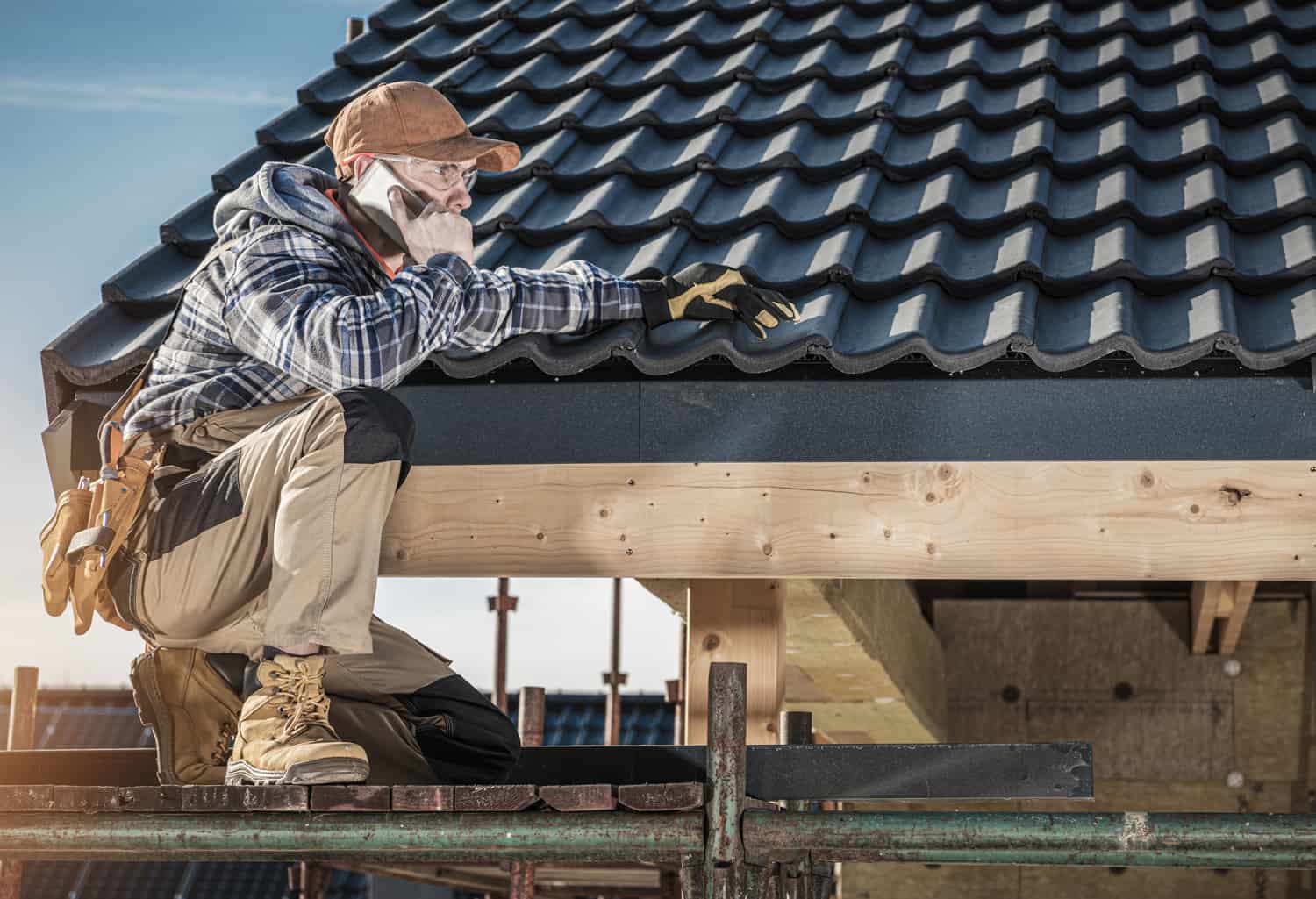
On the other hand, Roofing cement is a simple remedy for most roof repairs. However, there are times when it might do more harm to your roof. As a result, it's preferable to call a professional roofer to repair your damaged roof in the most efficient way possible.
Weather Conditions for Roofing Cement
Roofing cement is a multipurpose repair material. As a result, it is designed to be utilized in various weather conditions. Roofing cement is frequently used for emergency roof repairs during storms or other bad weather since it is intended to adhere to wet surfaces.
However, this does not mean it should be done. Roof repair work should always be done during dry weather if at all possible. This allows the roofing cement adequate time to cure, resulting in the greatest durable repairs.
In addition to the fact that roof cement performs best in dry weather, it is also considerably safer to make repairs during dry days. Even skilled roofers are at risk while working on roofs during wet weather. Roof repairs should never be attempted during storms unless a professional roofing firm is an emergency repair.
Roof Cement Alternatives
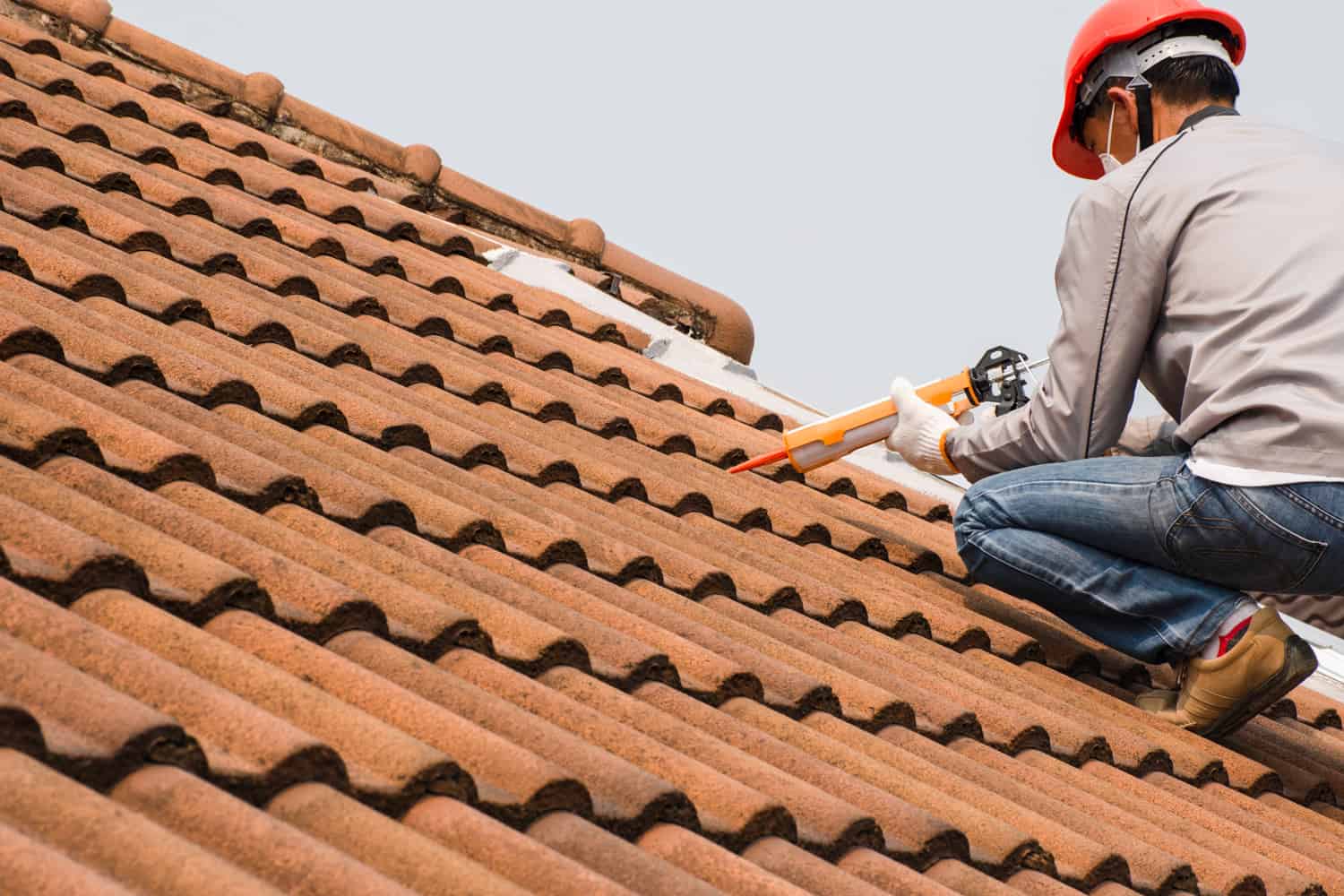
The quickest and most time-saving solution in most roof repair instances is to apply roof cement. However, if several locations on the roof need to be fixed, you may want to explore other options.
If your home's roof is damaged or in poor condition, it may be a better option to replace the entire structure. Reputable roofing business will give you a more durable roof as a result of this. In addition, most skilled roofers provide warranties that cover future roof damage.
A competent roofer will have no trouble determining the status of your roof and performing a comprehensive roof examination. They'll decide if repairing with roofing cement or replacing the whole thing is preferable. Because this is a significant investment and has such an essential role in keeping your family safe, it's a good idea to compare several roofing contractors before making a selection.
Never employ a roofing firm that is forcing you to replace your entire roof unless the problem can be readily repaired with roof cement. A trustworthy and honest roofing contractor will be able to describe your situation and provide you with the benefits and drawbacks of both repairing or replacing the roof.
Pros and Cons of Commercial vs. Do-It-Yourself Roofing Cement
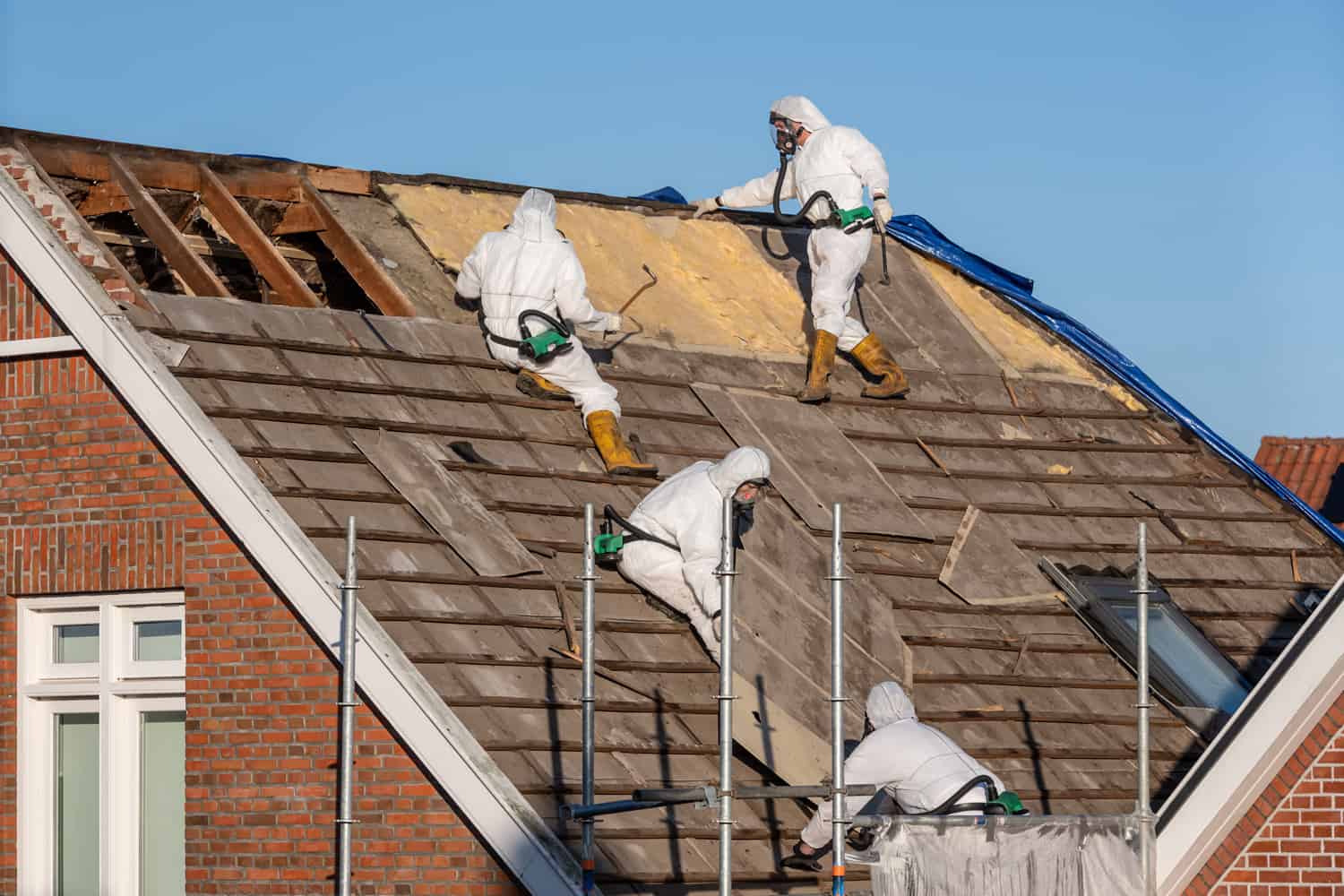
Many homeowners are tempted to convert significant house repairs into Do-It-Yourself tasks. Some DIY fixes are acceptable in certain circumstances. There are several home repair activities that a person with minimal experience may complete. Roofing, on the other hand, is not one of them.
Structure and Composition
There are several good reasons to call a professional roofing contractor when you need any roof repairs. Most significantly, your home's roof is an important component of its structural integrity. It must be maintained in its structural integrity.
If you try to repair your own roof, you may overlook a more extensive required repair. This can lead to long-term structural damage to your home, which should be avoided at all costs.
Your house's roof is critical in the protection and security of your family. This is one area that should never be cut corners on, even if the repair appears to be a little problem. Roofing professionals will keep you, your family, and your pets safe by fixing your roof.
Investment Cost
The cost of investment is one of the most common reasons homeowners do DIY roof repairs. It's a misconception that professional roof repairs are pricey. This isn't always the case, however!
First, look into your roof's warranty if it needs to be repaired. Many roof warranties cover 20 years or more after the original installation. Depending on the roofing firm utilized, necessary roof repairs may be covered by this guarantee.
Even if you must spend money to hire a roofing company for your repairs, it is almost always worth the cost. Roof repairs undertaken by amateurs frequently take a long time since the homeowner lacks experience. Furthermore, incorrect repair measures can exacerbate the problem.
In many cases, homeowners who attempt DIY roof repairs using roofing cement must eventually engage roofing professionals to repair their mistakes. This creates a time-consuming and expensive procedure.
Safety
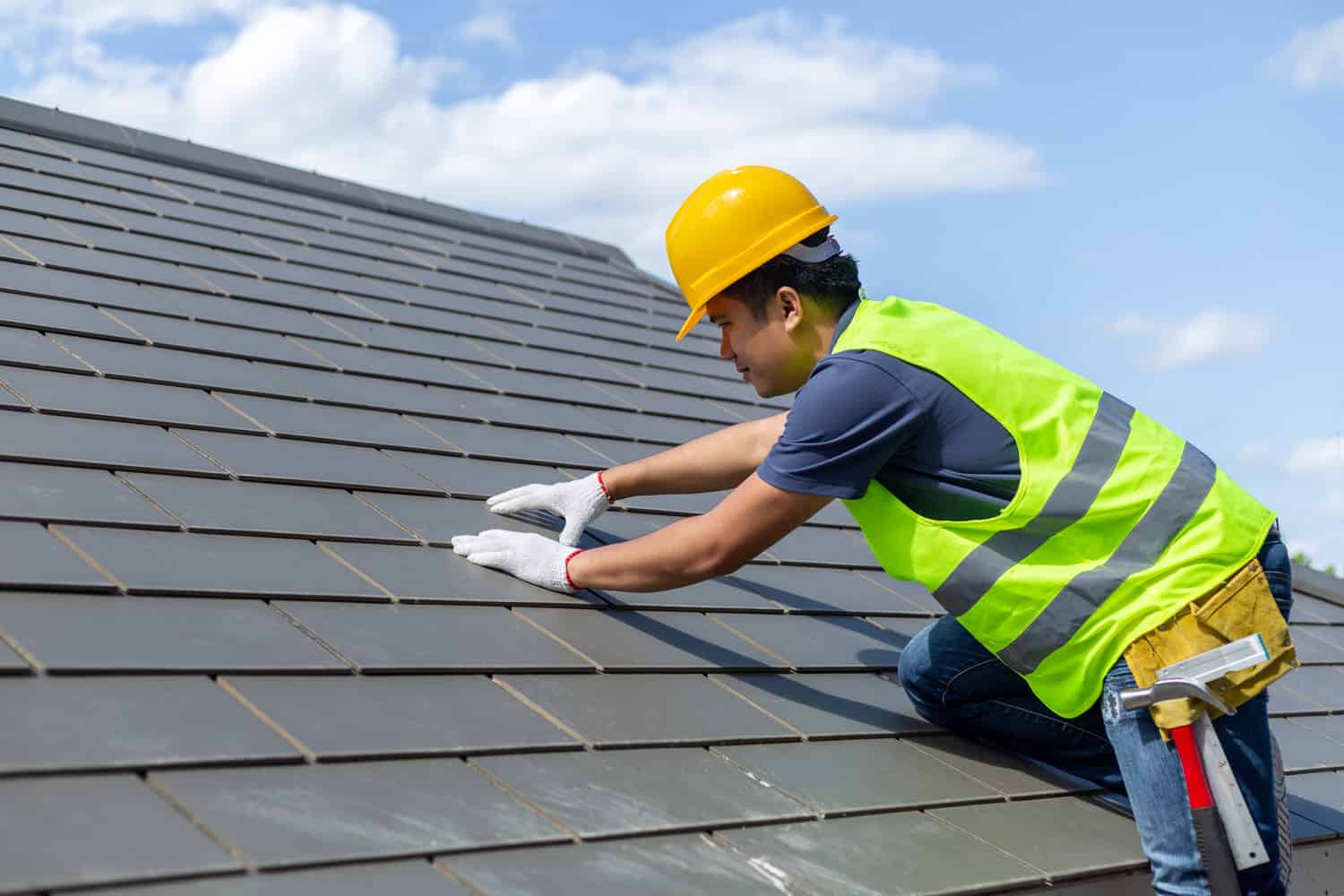
Any roof repair has its own set of dangers. Although fast fixes with roofing cement may appear to be a safe option, several things can go wrong. Using faulty safety equipment and protocols when working on roofs might result in significant harm.
Roofing contractors specializing in residential roof repairs have received thorough training on using the appropriate safety procedure, even when completing a basic repair with roof cement. They also have the right tools and machinery to ensure that the entire process is secure.
When it comes to residential roofs, roofing cement is a valuable tool. For many skilled roofers, this is a go-to method for repairs. Roofing cement is useful for repairing cracks and holes in the roof.
Roof repair using roof cement is one of the greatest methods to deal with roof damage in an emergency. Roofing cement sticks to wet or damp surfaces; thus it may avoid significant damage to your house during a rainy season.
